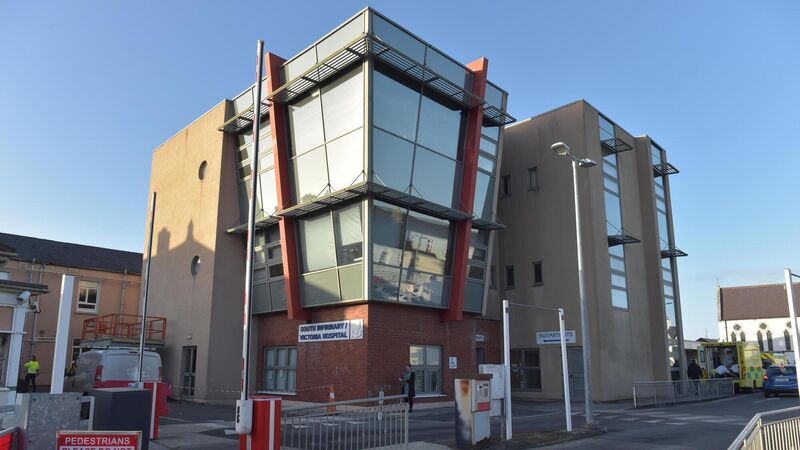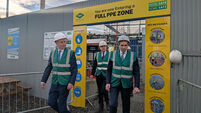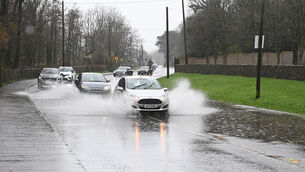Call for increased facilities for victims of sexual assault as numbers spiral

The South Infirmary in Cork saw the second highest number of sexual assault victims last year, after Dublin's Rotunda. Picture: Dan Linehan
The head of the country’s Sexual Assault Treatment Units has said additional forensic facilities are needed, as new figures show more than 1,000 people were seen last year — 21% of whom were aged 18 or under.
Provisional data from the country’s Sexual Assault Treatment Units show 1,061 people attended around the country last year, with 42% attending the Rotunda unit.
The unit with the next lightest level of attendees was in the South Infirmary in Cork, at 14%.
However, while 90% of those attending were able to be seen within three hours, in half of the remaining cases, the delay was because the unit was unavailable — typically because it was already dealing with another case.
Sexual Assault Treatment Units national clinical lead Dr Maeve Eogan said this highlighted the potential need for additional forensic suites, particularly at busier units.
“Unfortunately, there is only one forensic suite [at the Rotunda],” she said. “It’s not a clinical setting where you can have a number of practitioners providing care concurrently. These cases can only be cared for in a sequential manner.
Developments at the Rotunda may mean additional space is found but Dr Eogan said the sexual assault treatment unit was one of the number of competing interests at what is the country’s busiest maternity hospital.
According to the provisional figures for the Sexual Assault treatment Units:
- More than 90% of incidents last year described a single male assailant;
- 32% disclosed they had taken no alcohol in the 24 hours prior to the incident;
- 19% were concerned the incident may have been a drug (including alcohol) facilitated assault, where they were either actively drugged or assaulted opportunistically when intoxicated;
- 84% of incidents took place in Ireland, and 31% in Dublin.
The data also shows a friend or acquaintance was the alleged assailant in 29% of cases, and a stranger was the perpetrator in 28% of cases.
Recent acquaintances were involved in 15% of cases while for 11% of cases dealt with by the units last year, the perpetrator was an intimate or ex-intimate partner.
More than a fifth of assaults took place at the assailant’s home, with a similar percentage happening at another indoor venue and just over another fifth of cases taking place at the injured party’s home.
Eight cases occurred in a taxi.
More than half of those who attended a sexual assault treatment unit reported the case to gardaí, while the figures show 2% of attendees (24 people) were aged 14 or under, 8% (83 people), were aged 14 to 16, and 11% (115 people) were aged 16 to 18.
Dr Eogan said the number of adolescents attending the units had been increasing and it was “clearly an area of concern” and an “indictment of society”.
But she said it would be “far worse” if those people were not attending and seeking support. She said it highlighted the need for continuing work and campaigns to raise awareness of consent and sexual health, including education programmes at schools.













